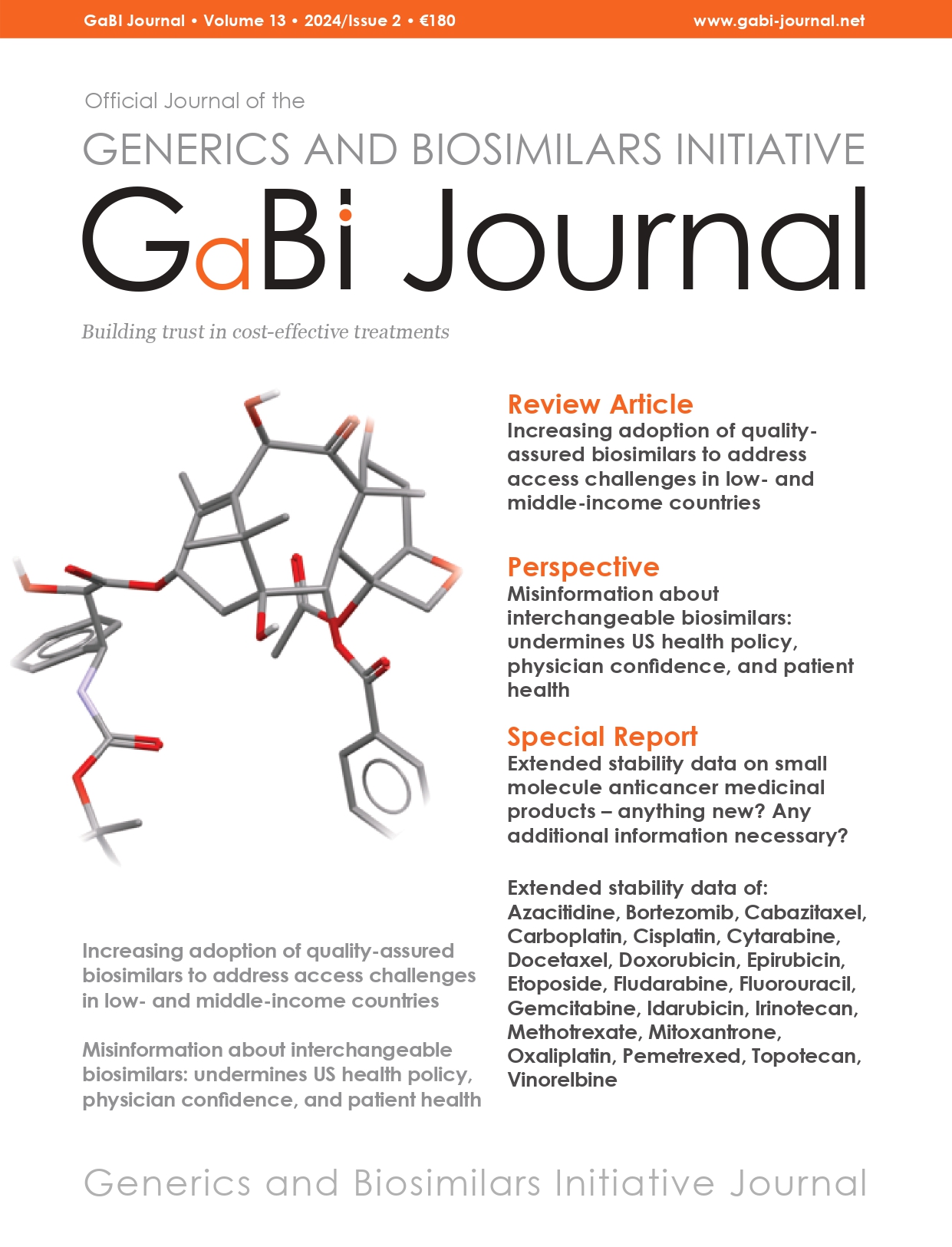Free samples increase use of branded drugs
Published: 2014/12/25
The practice of giving free samples to physicians to give out to their patients increases the use of brand-name drugs, according to research published in JAMA Dermatology [1].
Pharmaceutical companies give free samples to doctors in order to promote new medicines. However, free drug samples drive the prescribing practices of physicians away from less expensive generics, according to the study carried out by Michael P Hurley and co-authors, from Stanford University in California.
The study investigated the relationships between free drug samples and dermatologists’ local and national prescribing patterns and between the availability of free drug samples and prescription costs. This was done by comparing prescriptions written in 2010 for adult acne drugs at an academic medical centre clinic that prohibits distribution of free samples with those in a database of prescriptions by office-based dermatologists nationwide.
The researchers found that, the provision of samples with a prescription by dermatologists has been increasing over time, and this increase is correlated (r = 0.92) with the use of the branded generics promoted by these samples. In fact, 79% of prescriptions written nationally were for brand-name drugs and branded generics compared to only 17% at the academic medical centre clinic.
Studies have shown that most physicians do not believe that the availability of free samples affects their behaviour or recommendations for patients. However, the researchers found that the average retail cost of the prescriptions written by dermatologists with access to samples are about twice the cost of prescriptions written by dermatologists at an academic medical centre where such samples are prohibited (approximately US$465 nationally versus US$200 at an academic medical centre without samples).
In contrast to other medical specialties, the percentage of prescriptions written with a sample by dermatologists increased from 2001 to 2010 from 12 to 18%. The proportion for all other specialties decreased during the same time period from 7 to 4%.
The authors concluded that ‘free drug samples can alter the prescribing habits of physicians away from the use of less expensive generic medications.’ Therefore ‘the benefits of free samples in dermatology must be weighed against potential negative effects on prescribing behaviour and prescription costs.’
Conflict of interest
One author of the research paper [1] disclosed past expert testimony for Mylan Pharmaceuticals, a manufacturer of generic drugs, regarding patterns of doxycycline use in the treatment of rosacea.
Related articles
Impact of coupons on adherence to statins
Patients persuade doctors to prescribe brand-name rather than generic drugs
Reference
1. Hurley MP, Stafford RS, Lane AT. Characterizing the relationship between free drug samples and prescription patterns for acne vulgaris and rosacea. JAMA Dermatol. Published online April 16, 2014. doi:10.1001/jamadermatol.2013.9715
Source: www.gabionline.net


